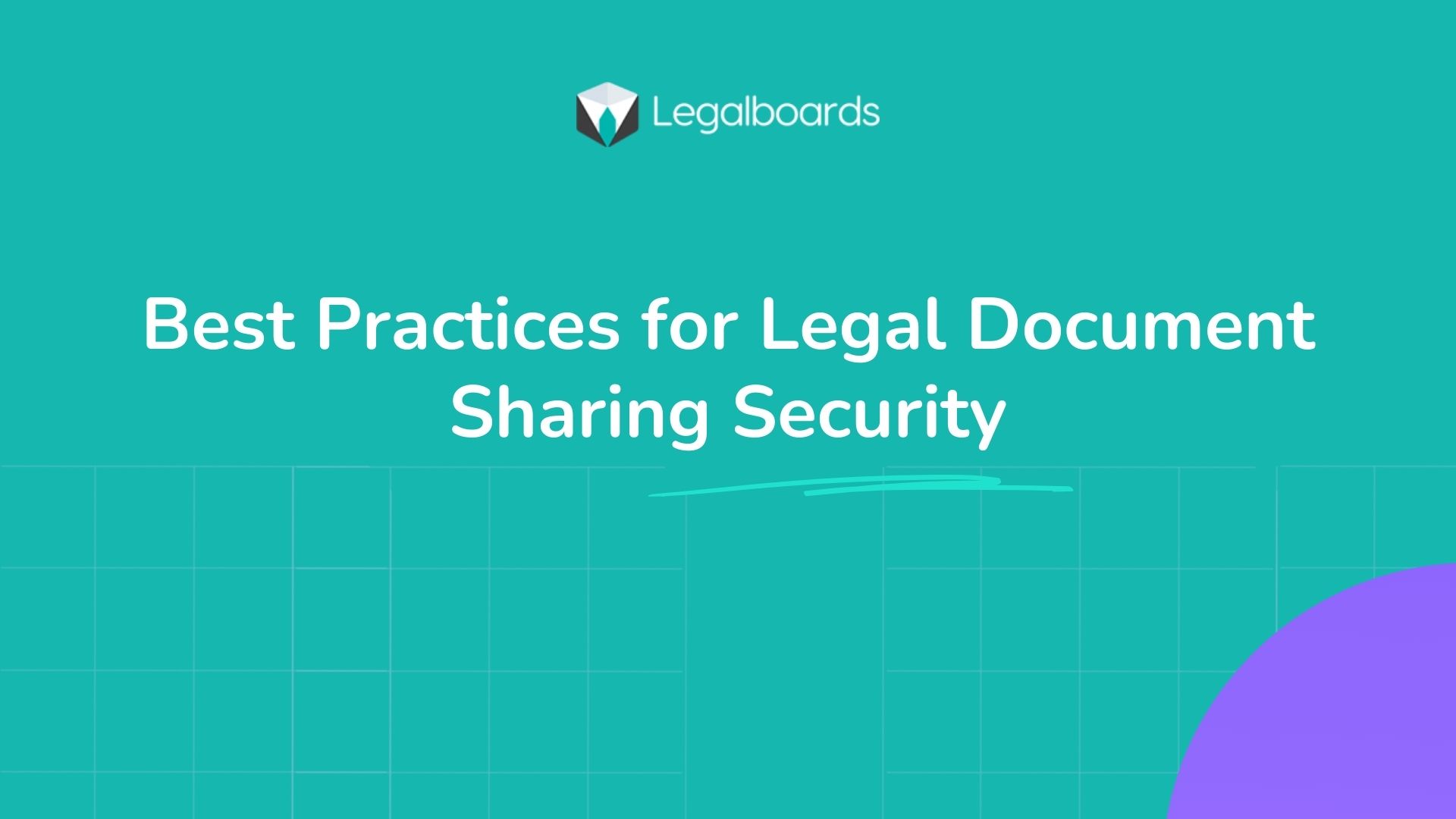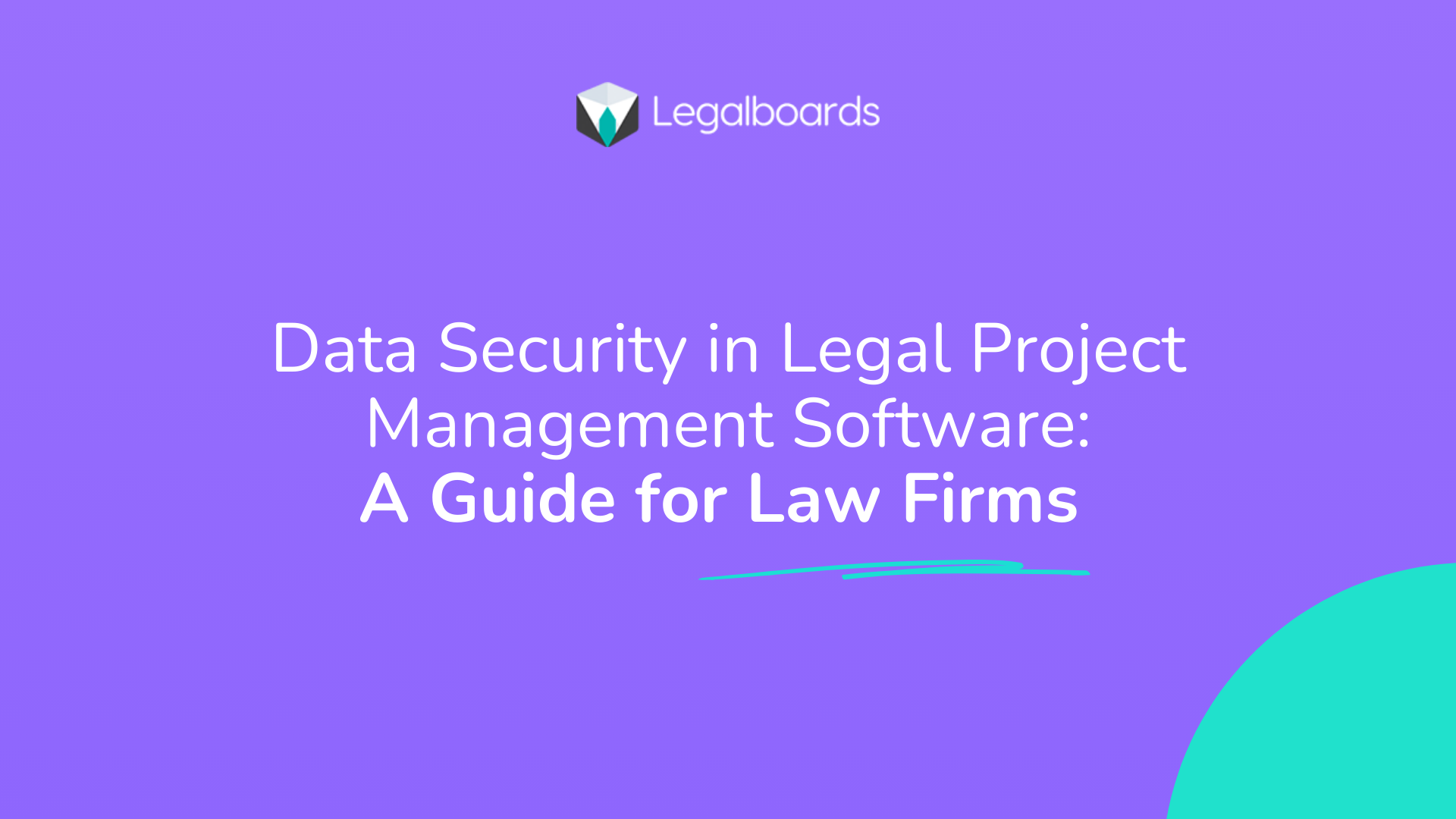In today’s legal world, client trust doesn’t just come from courtroom victories or well-drafted contracts; it comes from how securely you handle sensitive information.
Law firms are guardians of highly confidential data, from personal financial records to corporate trade secrets.
Any breach, even a minor one, can severely damage credibility and client relationships. That’s why legal document sharing security is no longer just an IT issue; it’s a core part of running a modern, competitive firm.
Whether you’re sending a single contract to a client for signature or collaborating on complex case files with your team, adopting best practices for secure document sharing is essential.
The good news? With the right strategies and technology, you can protect your clients’ data, stay compliant, and work more efficiently.
Why Secure Document Sharing Matters
Legal documents contain some of the most sensitive information a client will ever entrust to another party. From merger agreements and IP filings to wills and divorce proceedings, the stakes are high.
Without proper security measures, risks include:
- Data breaches exposing client details to unauthorized parties.
- Compliance violations, especially with regulations like GDPR or HIPAA.
- Reputation damage that can take years to recover from.
A proactive approach to document security prevents problems and signals to your clients that their trust is well-placed.
Best Practices for Legal Document Sharing Security
1. Use Secure, Legal-Specific Platforms
Consumer-grade file-sharing apps (like Dropbox or Google Drive) are convenient, but they aren’t always designed with attorney-client privilege in mind. Instead, law firms should opt for tools built specifically for legal professionals.
For example, Clio Manage provides encrypted client portals where documents can be uploaded, shared, and even signed electronically, all while maintaining a secure audit trail.
Other solutions like NetDocuments or iManage are also popular in firms seeking advanced compliance features.
2. Encrypt Everything
Encryption is the gold standard for protecting legal documents. Whether files are stored on your firm’s servers, in the cloud, or being transmitted via email, they should be encrypted at rest and in transit.
This ensures that even if data is intercepted, it remains unreadable without the proper authorization.
3. Implement Access Controls
Not every staff member needs access to every client file. Restricting document access to the right individuals and revoking it when no longer needed is key.
Secure systems allow firms to set permissions by role or case, so sensitive files don’t fall into the wrong hands.
4. Leverage Multi-Factor Authentication (MFA)
Passwords alone are no longer sufficient. Adding an extra layer of protection with MFA, such as SMS codes, authenticator apps, or biometric verification, can drastically reduce the risk of unauthorized access.
5. Monitor and Audit Activity
Modern document management software lets you track who accessed a file, when, and what actions they took. This visibility is invaluable for both security and compliance audits.
If a breach occurs, having a full record of activity makes it easier to respond quickly and appropriately.
6. Train Your Team (and Clients)
Even the best technology can be undermined by human error.
Training your staff on best practices, like recognizing phishing attempts or avoiding insecure email attachments, is just as important as implementing software safeguards.
Many firms also provide basic training for clients to help them use portals securely.
Popular Tools for Secure Legal Document Sharing
- Clio Manage – Client portal with secure messaging, file sharing, and e-signatures.
- NetDocuments – Cloud-based document management designed for compliance-heavy industries.
- iManage – Advanced document and email management with enterprise-grade security.
- Legalboards – While not a file storage platform itself, Legalboards integrates with your document workflows, ensuring case-related information moves smoothly and securely through your firm’s processes.
The Future of Secure Document Sharing in Law
As cyber threats evolve, so too must the tools and practices law firms use to safeguard client data.
Artificial intelligence is beginning to play a role in detecting unusual access patterns, while blockchain technology could offer new ways to verify the integrity of legal documents.
What won’t change is the client’s expectation that their data remains private and protected at every step.
Essential, Safe Document Sharing
In a profession built on confidentiality and trust, secure document sharing is essential.
By adopting best practices, such as utilising specialised legal software, enforcing encryption and access controls, and providing effective staff training, law firms can both protect their clients and streamline their operations.
Solutions like Clio Manage and Legalboards help firms modernize their workflows without sacrificing security, ensuring peace of mind for lawyers and clients alike.
Your Questions, Answered
How do I securely share documents with clients?
The best way to share documents securely is through encrypted client portals offered by legal-specific platforms like Clio Manage. These tools provide end-to-end protection, preventing data from being exposed through insecure email attachments.
👉 With Legalboards, you can integrate document-sharing tools directly into your workflows, ensuring that files move securely through the right stages of a case.
What’s the risk of using email to share legal documents?
Email is vulnerable to interception, phishing, and misdirected recipients, making it an insecure choice for sensitive files. Even with basic encryption, email lacks the audit trails and access controls required for compliance.
👉 Legalboards minimizes email reliance by keeping your document workflows centralized and integrated with secure sharing solutions.
Which software is best for law firms to manage document security?
Popular options include Clio Manage, NetDocuments, and iManage, all of which provide strong encryption, access control, and compliance features. The right choice depends on your firm’s size, practice area, and existing systems.
👉 Legalboards complements these tools by providing workflow automation that integrates document handling into broader case management processes.
How can my firm ensure staff follow secure document-sharing practices?
Security is as much about people as it is about technology. Regular training sessions, clear internal policies, and user-friendly secure platforms reduce human error and keep sensitive files protected.
👉 Legalboards helps enforce best practices by aligning document sharing with your workflow steps, so staff have clear, guided processes to follow.
What role does encryption play in legal document sharing?
Encryption ensures that documents are unreadable to anyone who doesn’t have the proper access credentials. This is essential whether files are stored in the cloud, on servers, or transmitted between parties.
👉 With Legalboards integrations, your encrypted document workflows remain part of your automated case management system, no extra steps required.
How do audit trails help with compliance?
Audit trails track every action taken with a document, including who accessed it, when, and what changes were made. This record-keeping is vital for GDPR, HIPAA, and other regulatory compliance requirements.
👉 Legalboards ensures that audit trail information stays linked to your case workflows, giving you visibility and control at every stage.
Can clients easily use secure sharing platforms?
Yes. Modern legal-specific software like Clio Manage provides simple portals that clients can access without needing technical expertise. The easier the system, the more likely clients are to use it securely.
👉 Legalboards makes this even smoother by ensuring that client-facing tasks, such as secure file uploads or approvals, are automatically tied into your matter workflow.






